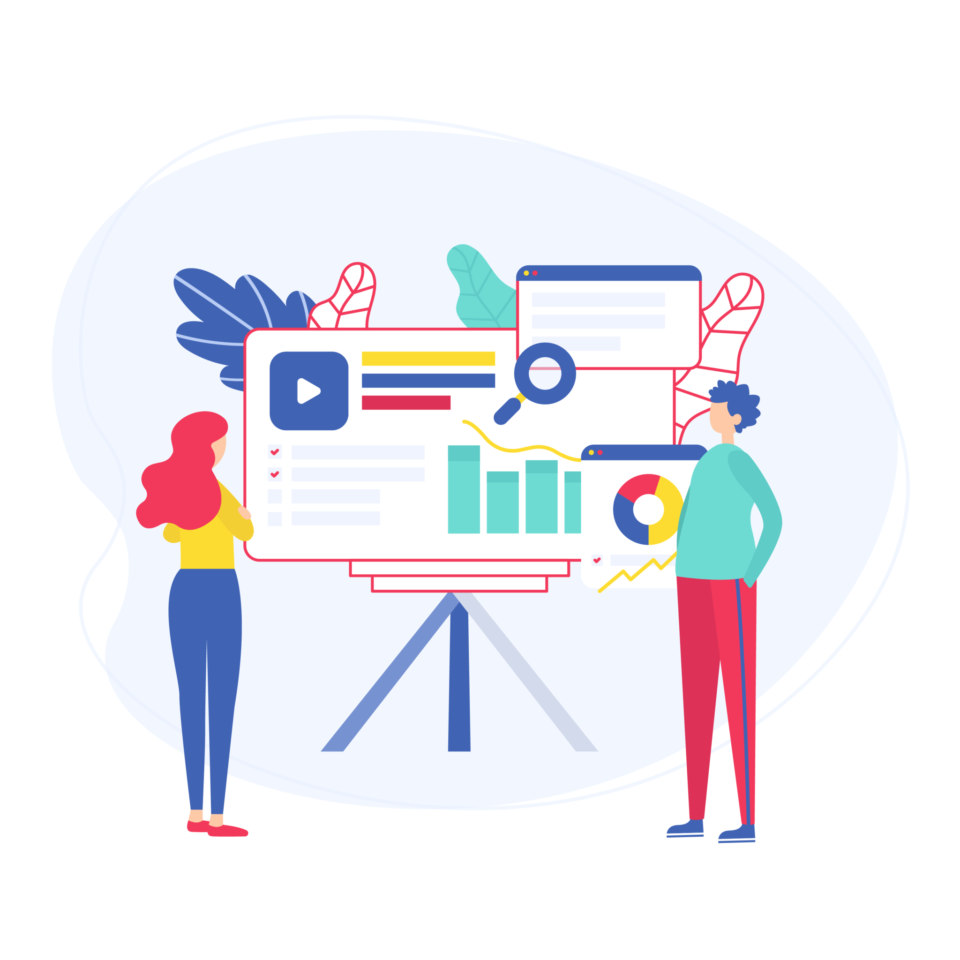So your Shopify store is up and running and you have started making consistent sales. Which is great, but how do you scale? If you wanted to make this month a record month what would you do? Do you need to start spending money on Facebook ads? Should you pay an influencer on Instagram to post about your product? You heard TikTok is taking off, should you start making content on that?
These are all great questions to be asking yourself. What’s the problem then? When you really think about it all these questions are focused on one thing. Getting more attention. If only more people visited the site all your problems would be solved right? Let me be honest with you, more eyeballs on your product does not equal more money.

So how do you get started with increase conversion rates?
The good news is there are only three things that influence conversion rates. Those three things are.
- Copywriting
- Design
- Technology


Copywriting
Far and away the most important factor for increasing conversion rates is copywriting. Your ability to communicate the benefits of your products to your audience is the key to driving more sales. Just to be clear, design matters a great deal, and so does technology but the most powerful tool you have in your CRO arsenal is persuasive copywriting. Remember the tongue has no bones but is strong enough to move someone to take action. The written word holds tremendous power. Be deliberate with your words, speak from the heart and the audience will listen. Writing words that sell starts with making things as simple as possible. How would you describe the benefits of your product to someone that has never seen it before? Even if you are selling a technical product that is very complicated, describing the product benefits as simple as possible cuts through the noise and speaks to the audience. Don’t make the mistake of making the product description complicated so it makes you sound smart. If you want to impress someone, make it complicated. If you want to help someone make it simple.
This starts with removing all jargon and buzz words from the sales copy. Avoid using big fancy words when small ones will do. Simple sales messages outperform complicated ones every single time. Another thing to focus on when writing words that sell is to focus on the benefits, not the features. The features are what the product does, the benefits are why you care. Avoid listing technical features without highlighting why the audience would care about these features. Take a look at the product descriptions of your site. Are you creating more questions than answers? A great place to start is to answer questions directly within the product description. The sales copy should feel like a conversation with your customer, the tone of that conversation should feel advice from a friend. Helping people is often the best way to sell people.
Design
Website design is a big topic, but the first key distinction to remember about design is that creating sites that look great and creating sites that convert clicks into customers is not the same thing. Good looks do not always equal high conversion rates. But, and this is a big but here, good looks do give you a massive head start. Creating a website that looks great instantly creates credibility which is a great shortcut to increasing conversion rates. In our experience sites that look ugly or even dated have the customer asking questions like, is this site even safe? Also, customers are less likely to recommend a site to friends when it looks like a templated site from 2003. The key message here is don’t stab yourself in the foot by cutting corners with the design of your website. Making a good first impression starts with dressing the part and looking like a site that your customers can trust. So how do we create a site that looks great but also converts? By following proven design principles that improve the user experience and reduce the friction for new customers to make a purchase.
Each page on the site should be focused on each individual stage of the customer life cycle. The home page, for example, should be the beginning of a conversation with the audience about the brand. The product page should be an opportunity to tell the story about the product and how this fits into the brand that was established on the homepage. There is a time and a place to go for the hard sell, but not at every stage of the customer life cycle. Research has shown that it can take up to 17 touch points before the customer makes a purchase. Understand this process and take each step at a time. Reduce the clutter, remove the background noise and create a clean slate for your product and sales message to take center stage. The next design principle that pays dividends when increasing conversion rates is to make the design on mobile your top priority. This is called mobile-first design and is based on the overwhelming trend away from desktop to mobile. Odds are you are getting at least 60% of your traffic from mobile. Don’t make mobile design an afterthought. Creating the design for the mobile version of your site is not just about making it responsive, which means ensuring the interface looks great on smaller devices as well as desktop screens. The most important thing is to make the most of the limited screen real estate you have and only include what is necessary. Great mobile designs are about stripping the elements down to their core and making the layout feel like it was made for this screen.
Look at some of your favorite sites, how are they creating mobile experiences? If you are looking for help with creating a better mobile experience for your Shopify store feel free to schedule a complimentary strategy call with our team. We would be happy to help.
Technolgy
Software programs and testing tools often dominate the conversation we people talk about CRO. This is placing the horse before the cart. Split testing tools simply split the traffic and record the results. It’s the sales message and the design that you should really be focusing on.
Having said that, there are a few things that you need to get your head around that will make you better at CRO. One of the key tasks that split testing tools are responsible for is what is called statistical significance. Statistical significance is a mathematical formula that determines with what level confidence the results of a test are the result of chance, getting lucky, and what results are due to the changes you have made to the site. Having this formula in place is extremely important because sometimes you can get lucky and see an unlikely result be the outcome of the test. A great example of this is that you can roll a dice and get six five times in a row, it happens. I’ve seen some crazy things at a craps table. But this is getting lucky, not a result of any skill on your part. This is what statistical significance takes care of, did the changes we made increase the conversion rates? Or did we just get lucky?
The next thing to consider is which one of the split testing tools should you use to run your test? There are plenty to choose from and they all have their strengths and weaknesses. For those just starting out, we highly recommend using Google Optimise as your split testing tool of choice. Why do we recommend Google Optimise? Firstly it free, which is great for people just starting out. But that is not the main reason we recommend Google Optimize. The main reason we recommend Google Optimize is because it has the best integration with Google Analytics which is the default website performance tool.
With Google Optimize you can create custom goals and events in Google Analytics then use these goals as the benchmarks in your split tests. Both Google Optimize and Google Analytics seamlessly talk to each other and your first split test can be set up very quickly without a great deal of technical knowledge. You should have a much deeper understanding of how conversion rates are impacting your Shopify store. Take the time to review your site with this new understanding. Are you taking the time to describe the products on your site in a way that is easy to understand? Also, give special consideration to the tone of voice in the sales copy, does it feel like a letter from a friend? Or are you hard selling? Remember helping people if often the best way to sell people.
Next, it’s time to be honest, does the design of your site leave much to be desired. Are you selling at a luxury price point but your site design looks like a discount store? Don’t feel bad, we see this all the time. Now might be a great time to consider a site redesign. If you have any questions about the steps involved in designing a site that creates a great first impression, feel free to schedule a call with our team.
Lastly, graduate to only making data-driven decisions with your website. Measure everything, before you make a change to your Shopify store create an A/B test so you know the changes you are making to the site are the right ones. Use Google Optimize, no you don’t need the fancy split testing software. Google Optimize has everything you need to get started. Follow these steps and you will be well on your way to increasing the sales of your Shopify store without increasing the traffic.



